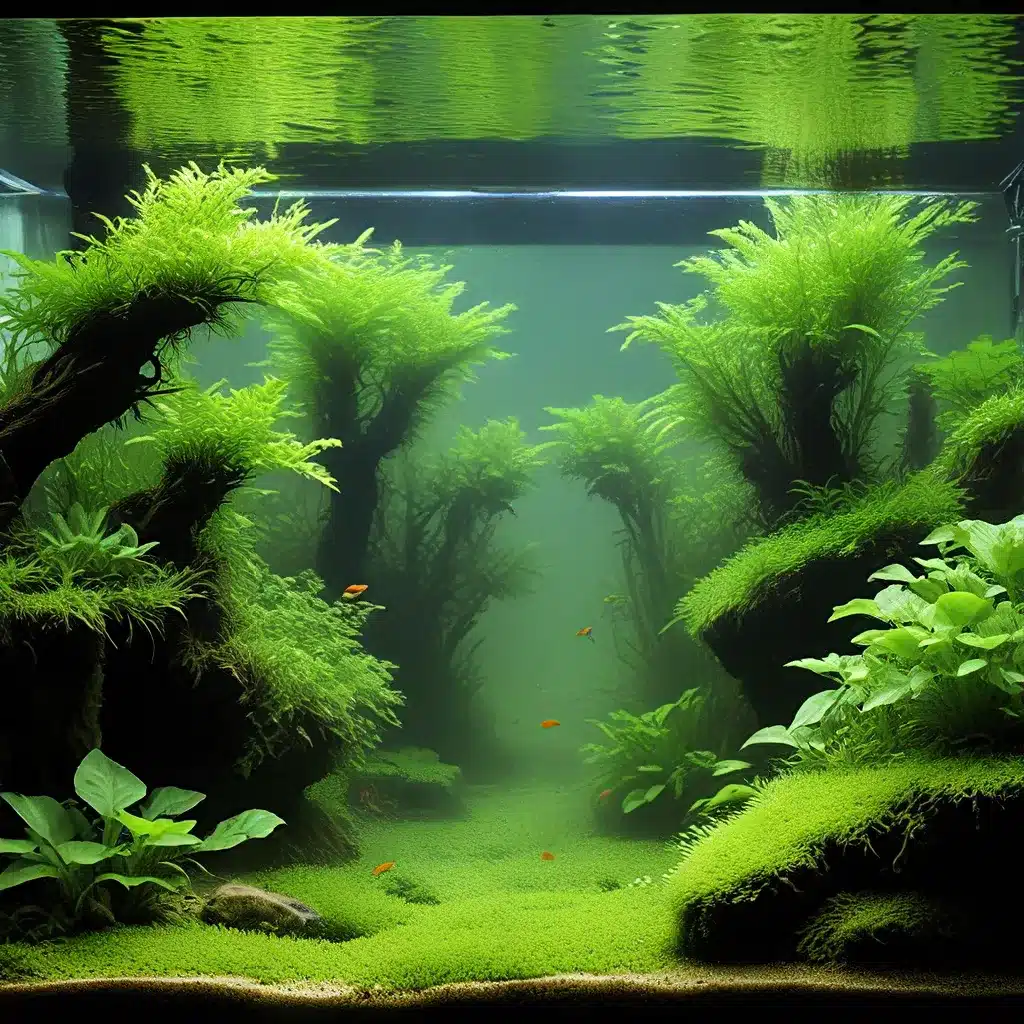
Maintaining a thriving aquarium is a delicate balancing act, especially when it comes to keeping aquatic plants healthy and vibrant. One of the most critical components in this equation is the filtration system. In the world of aquarium care, the filtration system plays a pivotal role in ensuring optimal water quality, which is essential for the well-being of both your fish and plants.
Understanding the Importance of Filtration in Planted Aquariums
Aquatic plants have specific requirements when it comes to water parameters. They rely on a delicate balance of nutrients, oxygen, and the removal of waste products to thrive. A well-designed filtration system is the key to creating an environment that caters to the unique needs of your aquarium’s plant life.
Effective filtration not only removes physical debris and uneaten food but also helps to maintain the appropriate levels of dissolved oxygen, carbon dioxide, and essential nutrients required for healthy plant growth. By consistently removing harmful substances, such as ammonia, nitrites, and nitrates, a robust filtration system ensures that your aquatic plants can focus their energy on thriving, rather than struggling to survive.
Choosing the Right Filtration System for Your Planted Aquarium
When it comes to selecting the ideal filtration system for a planted aquarium, there are several factors to consider. The size of your tank, the number and type of plants, as well as the bioload (the amount of waste produced by your fish and other aquatic life) all play a role in determining the most suitable filtration solution.
Small aquariums often require a more efficient and compact filtration system to maintain water quality. In these setups, sponge filters or internal filters can be excellent choices, as they provide both mechanical and biological filtration in a space-saving design.
For larger planted tanks, hang-on-back (HOB) filters or canister filters are popular options. These versatile systems can handle higher water volumes and offer more customization in terms of media types, flow rates, and additional features like UV sterilization or CO2 injection.
When selecting a filtration system, it’s essential to choose one that can effectively process the waste produced by your aquarium’s inhabitants and provide adequate water circulation to ensure even distribution of nutrients and gases throughout the tank.
Maintaining a Balanced Ecosystem with Aquarium Plants and Filtration
In a well-designed planted aquarium, the filtration system works in harmony with the aquatic plants to create a self-sustaining ecosystem. The plants, in turn, can contribute to the overall water quality by absorbing excess nutrients, releasing oxygen, and stabilizing pH levels.
This symbiotic relationship between plants and filtration is a crucial aspect of aquarium maintenance. By leveraging the natural abilities of aquatic plants, you can reduce the workload on your filtration system and create a more stable and balanced environment for all your aquarium’s inhabitants.
Cyanobacteria, also known as “blue-green algae,” can be a common challenge in planted aquariums. By maintaining a well-designed filtration system and ensuring adequate plant growth, you can minimize the risk of cyanobacteria outbreaks, which can compromise water quality and harm your aquatic life.
Optimizing Filtration for Different Aquarium Plant Layouts and Styles
The choice of filtration system can also be influenced by the specific aquascaping style and layout of your planted aquarium. For example, in a nature aquarium or biotope setup, the filtration system should be designed to mimic the natural water flow and nutrient cycling found in the plants’ native environments.
In a heavily planted aquarium, the filtration system may need to be more robust to handle the increased biomass and waste production. Aquarists often rely on a combination of mechanical, biological, and chemical filtration media to ensure optimal water quality and support the thriving plant life.
Conversely, in a minimalist aquascape with fewer plants, the filtration system can be more streamlined, focusing on efficient water circulation and maintaining a delicate balance of nutrients and oxygen levels.
Regardless of the aquascaping style, the key is to select a filtration system that complements the specific needs of your planted aquarium and its inhabitants, ensuring a harmonious and thriving ecosystem.
Maintaining and Upgrading Your Aquarium’s Filtration System
Proper maintenance of your aquarium’s filtration system is crucial for its long-term performance and the overall health of your planted aquarium. Regular cleaning and replacement of filter media, such as mechanical sponges, biological media, and chemical adsorbents, can help maintain optimal water quality and prevent the buildup of harmful substances.
As your aquarium’s needs evolve, you may find it necessary to upgrade or modify your filtration system. This could involve adding a second filter, upgrading to a more powerful model, or integrating additional filtration components, such as UV sterilizers or protein skimmers.
By staying proactive with your filtration system maintenance and being willing to adapt as your aquarium’s requirements change, you can ensure that your planted aquarium continues to thrive and provide a beautiful and healthy environment for your aquatic plants and fish.
Conclusion: Harnessing the Power of Filtration for Aquarium Plant Success
In the world of aquarium care, the filtration system is the unsung hero that quietly works behind the scenes to support the health and vitality of your aquatic plants. By understanding the importance of proper filtration, selecting the right system for your planted aquarium, and maintaining it diligently, you can create a thriving and balanced ecosystem that will bring joy and tranquility to your home or office.
Remember, the secret to a successful planted aquarium lies in the harmonious relationship between your aquatic plants, fish, and the filtration system that sustains them. By embracing this holistic approach, you can unlock the true potential of your aquarium and enjoy the beauty and serenity it provides for years to come.

